#Eristalis
Text

Eristalis tenax on Prunus mume 'Kobai' / Common Drone Fly on 'Kobai' Japanese Plum Blossom at the Coker Arboretum at the University of North Carolina at Chapel Hill in Chapel Hill, NC
#eristalis tenax#Eristalis#Prunus mume#Prunus#Common Drone Fly#Drone Fly#Japanese Plum#plum blossoms#Japanese apricot#Chinese Plum#Insects#Bugs#flies#Flowers#Nature photography#photographers on tumblr#Coker Arboretum#UNC-Chapel Hill#UNC#Carolina#Chapel hill#Chapel hill NC#North Carolina#Bee mimic#Kobai Japanese Plum#Prunus mume 'Kobai'
2 notes
·
View notes
Text
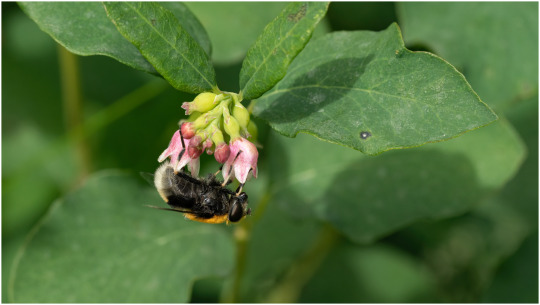
Håret Dyndflue (Eristalis intricaria)
Fouragerer på almindelig snebær (Symphoricarpos albus).
Furry Dronefly (Eristalis intricaria)
Foraging on Snowberry (Symphoricarpos albus).
#Håret Dyndflue#Eristalis intricaria#Eristalis#Furry Dronefly#Dyndflue#Dronefly#Hoverfly#Svirreflue#Syrphidae#Flue#Fly#Tovinger#Diptera#Bumble Bee mimic#Mimic#Insekt#Insect#Sommer#Summer#Topbjerg#Have#Garden#Snebær#Snowberry#Symphoricarpos albus#Symphoricarpos#Plante#Plant#Flower#Blomst
23 notes
·
View notes
Photo

Eristalis dimidiata - black-shouldered drone fly by Jean-Philippe Parisella https://flic.kr/p/2nXHYVo
4 notes
·
View notes
Text

some bugs :)
the unfinished sketch is supposed to be Necrodes surinamensis (red lined carrion beetle) but i got bored and decided to do something else half way through lol
#arthropoda#Oniscomorpha#Eristalis#Porcellio#Necrodes#Coleoptera#Diptera#Bugs#Insects#Crustacean#Myriopoda#my art
4 notes
·
View notes
Photo

Transverse-Banded Flower Fly (Eristalis transversa), in my backyard, September 2018. These beautiful flies visit many different kinds of flowers in a variety of habitats, and are important pollinators. Larvae of this species are unknown. . . . For more photos and natural history check out my blog at norfolknaturalist.ca. . . . #nature #ontario #transversebandedflowerfly #eristalis #eristalistransversa #flowerflies #syrphidae #diptera #dipteraofinstagram #macrophotography #blognorfolk #norfolkwild #norfolkphotographer (at Simcoe, Ontario) https://www.instagram.com/p/CjDBL5kO5O7/?igshid=NGJjMDIxMWI=
#nature#ontario#transversebandedflowerfly#eristalis#eristalistransversa#flowerflies#syrphidae#diptera#dipteraofinstagram#macrophotography#blognorfolk#norfolkwild#norfolkphotographer
3 notes
·
View notes
Text



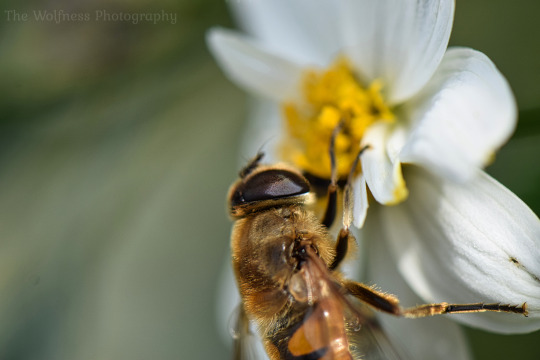
Look like a bee but it's a Drone Fly (another species of Hover flies)
#nature#nature photography#macro#macro nature#nature macro#macro photography#up close#up close photography#close up#close up photography#flowers#flower#fly#fly photography#insect#insect photography#insect macro#Drone fly#drone fly photography#Eristalis tenax#Hover fly#Hover fly photography#photographer on tumblr#original photography#original photographers#original photography on tumblr#Bayern#Bavaria#Füssen#Germany
186 notes
·
View notes
Text
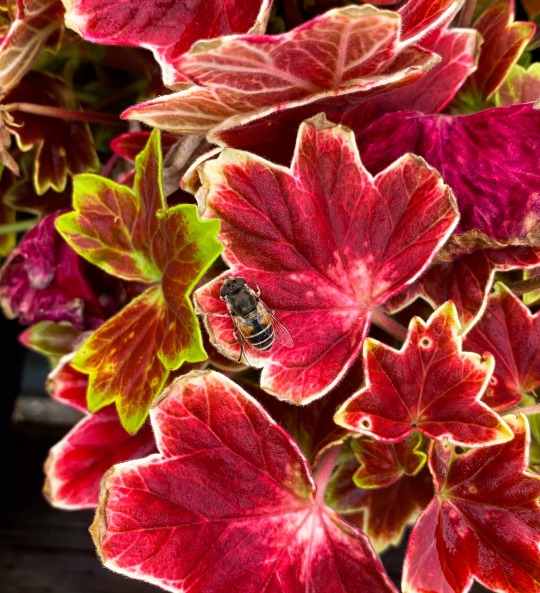
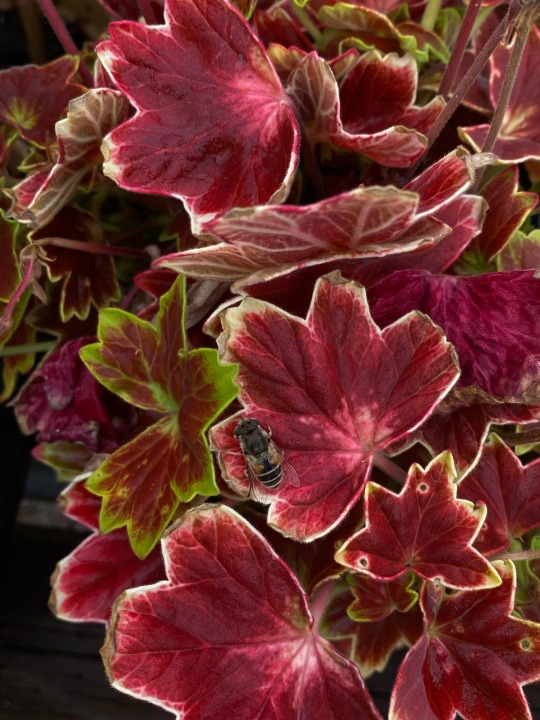
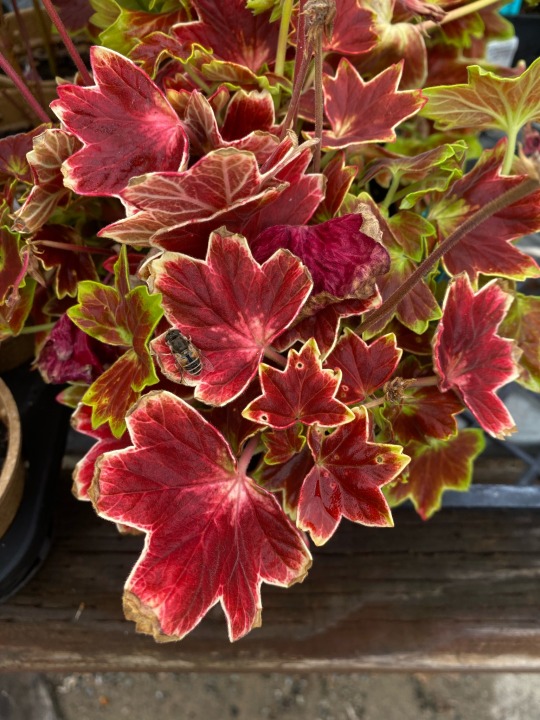
Eurasian Drone Fly (Eristalis arbustorum) on geranium leaf.
#drone fly#insects#insect#bugs#bugblr#entomology#fly#flies#flying insects#insect photography#nature#nature photography#wrists#Eristalis arbustorum#Syrphidae#flower flies#inaturalist#biology#Eurasian drone fly#invertebrates#invertebrate
9 notes
·
View notes
Text
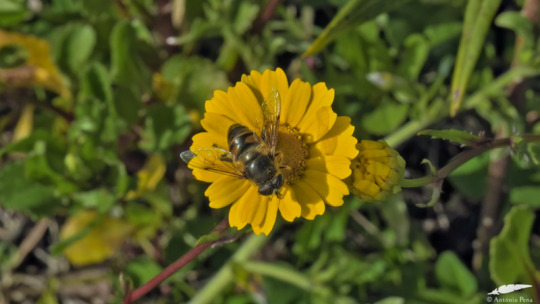
Coleostephus myconis with/com Eristalis tenax
Carnaxide/Portugal (3/03/2024)
[Nikon Coolpix P900; 135mm; 1/800s; F7,1; 100 ISO]
9 notes
·
View notes
Text
Eristalis tenax, the common drone fly. In German it is called "Mistbiene" which means dung bee. An unexpected guest on January 18. It's winter here.
youtube

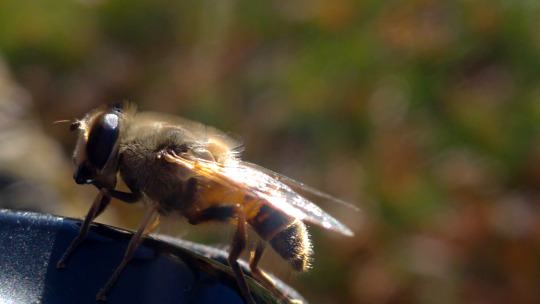
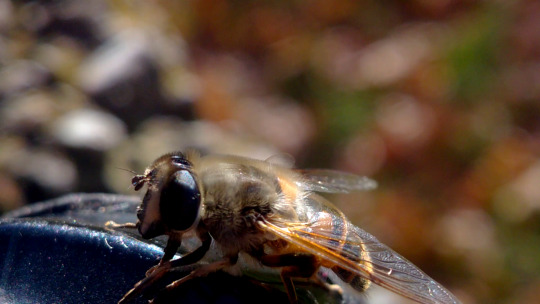


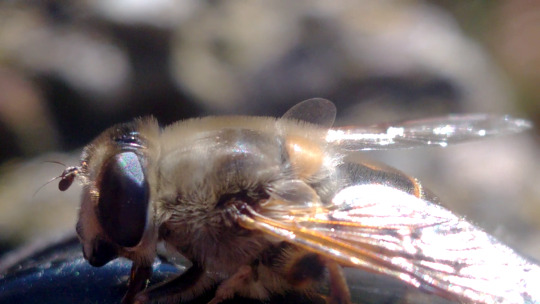




#nature#insects#flies#eristalis tenax#my photos#my videos#musicandgallery#musicandgallerynature#Youtube
13 notes
·
View notes
Text
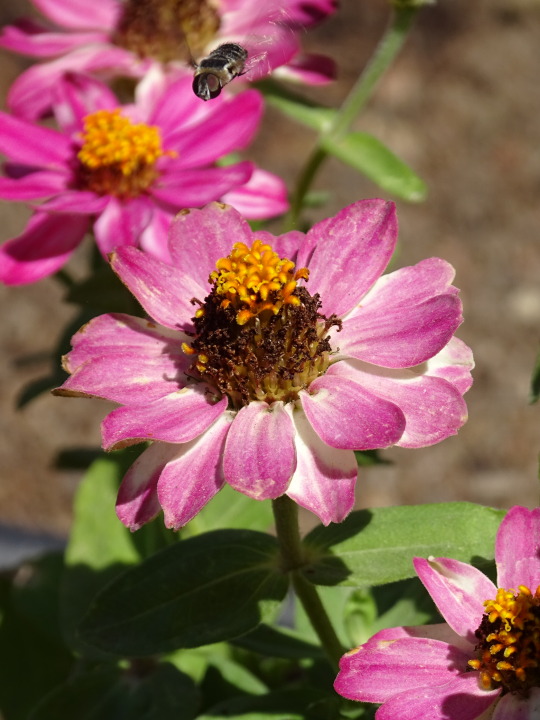
Approaching
What do you think about my pic?
#Common zinnia#Eristalis hirtus#insect#Eristalis hirta#black-footed drone fly#zinnie#Zinnia elegans#outh-and-age#flora#blooming#flower#garden#Turnbull Wine Cellars#Oakville#Napa Valley#travel#original photography#vacation#tourist attraction#landmark#cityscape#USA#California#West Coast#wine country#summer 2023#photo of the day#What do you think about my pic?
3 notes
·
View notes
Text

Eristalis tenax on Prunus mume 'Kobai' / Common Drone Fly on 'Kobai' Japanese Plum Blossom at the Coker Arboretum at the University of North Carolina at Chapel Hill in Chapel Hill, NC
#Eristalis tenax#Eristalis#Prunus mume 'Kobai'#Prunus mume#Prunus#Common Drone Fly#Drone Fly#dronefly#Insects#'Kobai' Japanese Plum Blossom#Japanese Plum Blossom#Plum Blossoms#Japanese apricot#Chinese Plum#Flowers#Nature photography#photographers on tumblr#Coker Arboretum#UNC-Chapel Hill#UNC#Chapel hill NC#Chapel hill#North Carolina#Plum#apricot#Bee mimic
1 note
·
View note
Text
@meowmeowmeow83 submitted: A bee mimic hover fly! Eristalis similis :) glad I took some time to check out a ladybug covered fennel plant today!

A perfect man! Love his enormous eyeballs
69 notes
·
View notes
Text
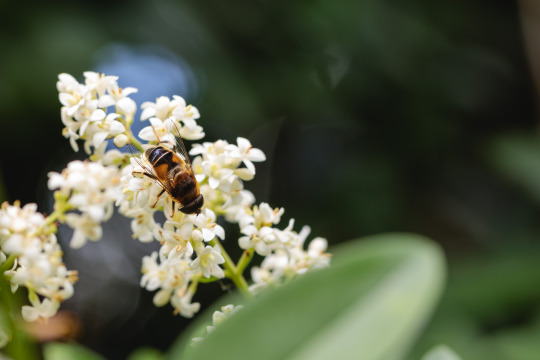
Feeding Drone Fly
A tapered drone fly feeding on a privet flower, at RSPB Fowlmere.
#cambridgeshire#canon#canonuk#eristalis pertinax#fauna#flies#fly#fowlmere#insect#insects#invertebrate#invertebrates#minibeast#minibeasts#nature#nature reserve#outdoors#rspb#rspb fowlmere#summer#tapered drone fly#wildlife
4 notes
·
View notes
Text

Black shouldered drone fly (Eristalis dimidiata), one of the earliest hoverflies that emerge in the North American spring!
4 notes
·
View notes
Photo

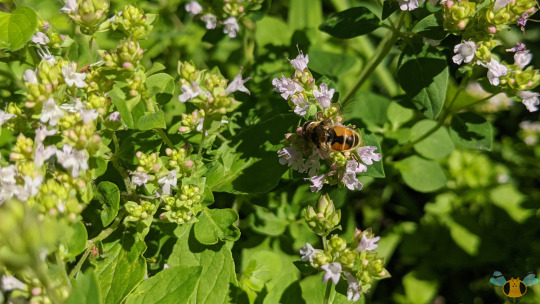

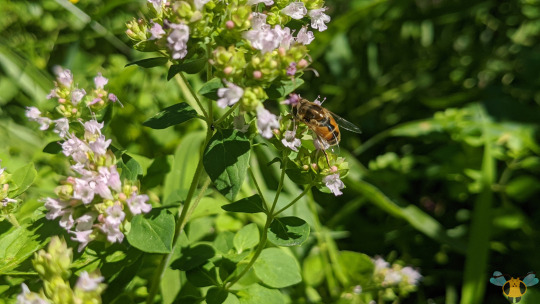
European Drone Fly - Eristalis arbustorum
As the name suggests, this amber-colored insect is native to Europe and has also apparently been seen in North Africa. That’s a good habitat range, but as the pictures may suggest, this Fly is in neither location. Now a resident of North America was well, this Hoverfly can be found here in Toronto and further south towards the United States. Seems to be very adaptable, but I hope it’s able to share well with fellow Hoverflies, including its close relative the Common Drone Fly (E. tenax). Since their in the same genus, they look very similar to each other, but you can tell them apart by looking at the black patches on their abdomen. Similar to the others, this Drone Fly (named for the apparently resemblance to male Bees known as drones) hovers around flowers and feeds on their nectar while pretending to be a Bee. With those amber and black patterns, it could easily to mistaken the European Drone Fly for a Honeybee. Have a look for yourself. While we can tell the difference by looking at the head and wings, the Fly can use to its advantage in the wild to ward away potential predators. Of course, as a Fly, it has no stinger and is harmless.
Though harmless, if you plan on catching any of these with your hands, you should probably wash them after your bug hunt ends. While Hoverflies like to land and rest on plants and flowers, they also tend to visit compost and decaying matter for purposes of laying eggs. Their larvae require moisture and nutrients to grow strong: the aforementioned sources provide both and also provide microorganisms for carnivorous consumption. If you decide to go digging for the larvae, look for worm-like maggots with a tail. The tail is used by the maggot for breathing which is quite handy is it finds yourself in an aquatic environment where the air is above you. After pupation, the Flies leave the water or filth behind to discover the beauty of flowers, which is where we tend to find them, both males and females. The individual in these images is a male which can be discerned from the eyes being close together, but there’s another way to tell them apart. For females, their abdomen only features amber accents where the hourglass pattern is, the rest of the abdomen is black with faded amber striping near the segments (of course, their eyes are apart as well). Considering the variability in Honeybee coloration, the female European Drone Fly could also definitely pass for a Bee while hovering near the flowers. Let’s see if next week’s insect can also do the same.
Pictures were taken on August 20, 2020 with a Google Pixel 4.
#jonny’s insect catalogue#ontario insect#fly#european drone fly#eristalis arbustorum#diptera#insect#hoverfly#toronto#august2020#2020#entomology#nature#invertebrates
4 notes
·
View notes
Text
Drone Fly .. [2 / 2]
Female Eristalis tenax busy pollinating. Brooklyn, New York City, NY.
Movie component of a livephoto. It was a windy day, and the insect was truly buzzing around. You can see just how difficult it was to capture anything at all, see contemporaneous still photo previous, which is practically miraculous in how sharp it turned out.
0 notes